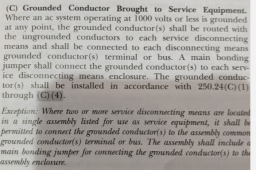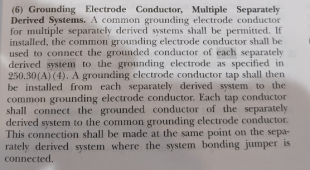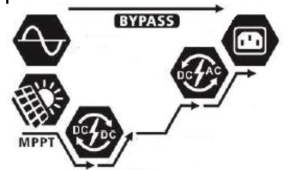I agree 100%. I'm going to stick with sol ark for grid tie recommendation. The UL certificates are still nice for Offgrid use, and some are saying they can pass inspection, but not everywhere. Especially in places like California. They have an approved inverters list and not many are on there.
I will always be objective. Ever since I was a little kid I was always arguing and trying to solve problems. If you think I'm doing something wrong, let me know. Signature solar sounds very confident that their system can pass inspections, but I would stick to using them Offgrid. I think the sol ark would be a better option.
And yes, even at the component level there are differences. I understand. And it costs a ridiculous amount of money to get full approval. I changed the title and thumbnail if the video, and also added a disclaimer. I'll add a section soon telling people to buy a sol ark, UL listed batteries, and get an electrician to install it. That way it can pass inspection anywhere on the planet.
Will, while I agree that Sol-Ark is the standard barer for inverters, and they are claimed to have great customer service, they make it extremely hard to become a dealer for their products, such that a small business installer can NOT afford to meet their massive barrier to entry, of nearly $600,000 per year minimum purchase requirements! This seems to be designed to keep the small business installer away from using their products. So if you are not a million dollar enterprise from the get go, your company is not welcome to purchase, resell, and install sol-ark inverters! I for one find this outrageous!
Please clarify if the company claims different requirements than i have indicated. I got this info from one of their reps, which I thought was rude, disrepectful, and un-business like!
I would love to purchase, resell, and install
sol-ark products, but they apparently do not want any resellers that are not big corporations.
I am hoping maybe I just talked to a bad rep from the company, but so far I have not been able to get any different info from anyone else at sol-ark.
It is sad to see a great company put such unprofessional representatives into positions of power, that then make the company look bad.
But the bosses will likely never know how their sales representatives belittle potential clients, because the representatives have little business acumen.
I hope someone can show that what I am saying is incorrect, because I really do want to buy, sell, and install their products, but so far it is not looking like a possibility.
Please research and advise.
thx









